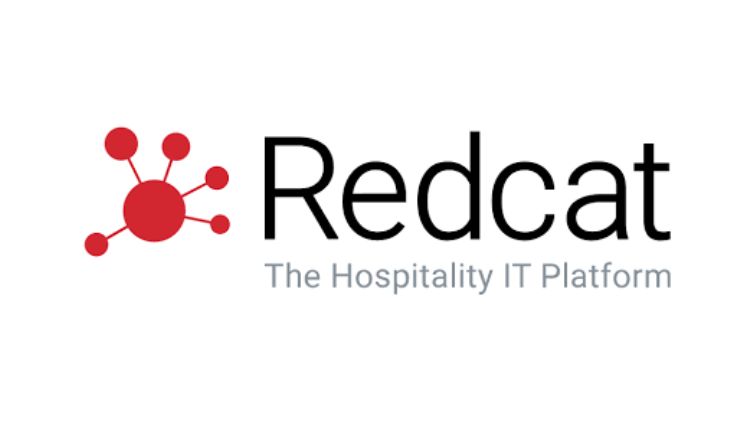Promotional Features
7 ways that technology helps hospitality address rising costs and staff shortages
As the pandemic restrictions lifted, hospitality businesses gave a collective sigh of relief. But that relief was short-lived when the realities of the pandemic hangover hit. Hospitality businesses are now facing the ‘double whammy’ of rising costs and a shortage of staff.
Rising costs
Hospitality businesses are reeling from the rising cost of living. The price of raw ingredients has spiked, along with the gas and electricity needed to turn them into meals, and to literally keep the lights on in the venue is also increasing at a rate of knots.
Staff shortages
At the same time, the hospitality sector is facing an unprecedented shortage of staff. Fewer international workers, and the ‘great resignation’ of 2021 have led to hundreds of thousands of vacancies for hospitality workers.
So, what can hospitality businesses do? What they can’t do is change the global economy or the weather. But they can at least minimise the impact of the current situation - by harnessing the power of technology. Smart technology can help hospitality businesses to mitigate rising costs and lower staff availability, and maximise their chances of coming through these tough times as survivors.
Technology is the answer
Some of the key technologies for hospitality businesses to consider in order to ‘do more with less’ are:
- Self-service ordering – taking customer orders is the most staff-intensive front-of-house process. Therefore, putting ordering into the hands of customers, rather than staff, can be a very cost effective and resource saving strategy. The technology to enable self-service ordering includes a tablet at the table, an app on the customer’s own phone, or a self-service kiosk.
- Online orders integrated into POS – online ordering is a great efficiency driver, but integration can save even more staff time. If your online ordering system is not integrated into the point of sale (POS), then staff need to spend time rekeying the orders from the online order system into the POS. Not only is this an inefficient use of staff time, but it has the potential to introduce errors, which then use up more staff time to resolve. So by using technology that integrates online orders directly into the POS, hospitality businesses can streamline online ordering even further.
- Cloud- based systems – a hospitality business relies not only on the staff in the venue, but on the team that supports the back office/head office, including IT staff. An increasing number of hospitality businesses are realising the efficiencies of moving their core hospitality platform to the cloud, reducing the number of in-house IT staff needed, along with the costs of purchasing, running and maintaining their own hardware and technology infrastructure.
- Digital media boards – printed menus, hand-written signs and specials boards are time-consuming to manage. Digital signage technology allows all written communication to be entered once at head office, and updated in real-time. So if a menu changes, specials are added or promotions offered, staff in the venue don’t have to spendhave spend their time checking the details and making updates – it’s all done once, centrally, saving time and freeing them up tofor focus on customers.
- Virtual brands/Dark kitchen – with increasing rents, and lower footfall in city centres due working-at-home, eat-in city centre venues are a less viable proposition than before. Technology has enabled the rise of dark kitchens (those which produce food for delivery only) and virtual brands (those that have no ‘store-front’ presence). Online ordering apps with integration to delivery partners enable dark kitchens and virtual brands. Hospitality businesses can save money by using less costly locations, and makeing economies of scale by running multiple virtual brands from one kitchen.
- Automated kitchen management – a kitchen management system helps to streamline the ordering and meal preparation process. Orders are captured directly into the computerised system – either by wait staff with a tablet, or by customers utilising self-service ordering. Orders go directly to the kitchen management system (KMS), eliminating the errors that can occur with a hand-written docket, and speeding up the process. Each station in the kitchen has a display, and the KMS automatically sends the orders to the correct station(s) for processing. Each station sees only their own information, maximising the productivity of kitchen staff.
- Integrations – a hospitality business relies on multiple different technology systems – front of house, back of house, rostering, inventory, accounting, delivery, reservations and many more. If these systems are not integrated, and staff have to manually move information around, or double handle data, they are not being their most productive. Using hospitality technology that integrates all the disparate elements makes for much more efficient use of limited staff resources.
Hospitality businesses are still facing tough times – no longer from forced closures, but from increased costs and a shortage of staff. Harnessing the power of technology enables them to streamline their operations, do more with less and come through this crisis positioned for the future.


